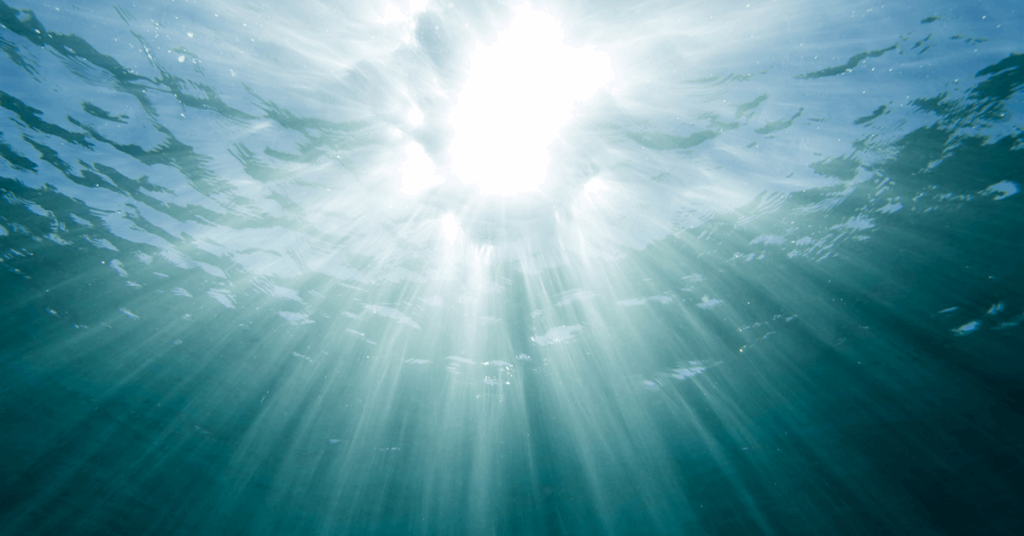In a statement posted on social media, Rhino Resources Ltd announced the discovery of hydrocarbons at the Capricornus 1-X well, which is situated in Petroleum Exploration License 85, in Block 2914, offshore the Orange Basin in Namibia.
The well was spudded on February 17 using the Noble Venturer drillship and reached a total depth of 16,263 feet on April 2, the statement revealed, adding that the well found over 124 feet of net pay, “with the reservoir showing good petrophysical properties and no observed water contact”.
Hydrocarbon samples and sidewall cores were collected through intensive wireline logging operations, Rhino noted in the statement. In addition to wireline acquisition, the well successfully completed a production test across the light oil-bearing reservoir, the company added.
The well achieved a surface-constrained flow rate in excess of 11,000 stock tank barrels per day on a 40/64” choke, according to the statement, which noted that the light ~37° API oil exhibited limited associated gas with less than two percent CO2 and no hydrogen sulphide.
Rhino said in the statement that laboratory studies will be conducted on fluid samples collected during the test. It noted that the well will now be temporarily plugged and abandoned and that the rig will be released.
PEL 85 is operated by Rhino Resources with a working interest of 42.5 percent, Rhino highlighted in the statement. The company pointed out that its co-venturers are Azule Energy, with a 42.5 percent stake, NAMCOR, with a 10 percent stake, and Korres Investments, with a five percent stake. BP and Eni each hold a 50 percent interest in Azule Energy, Azule’s site shows.
“Rhino, on behalf of the PEL85 JV, are delighted to announce the discovery of hydrocarbons at the Capricornus 1-X well,” Travis Smithard, Rhino Resources CEO, said in the statement.
“The results of the comprehensive wireline and drill stem testing programs have proven the existence of a high quality light oil bearing reservoir, with no observed water contact,” he added.
“This achievement is testament to the outstanding execution of the campaign by the Rhino team and our service company partners, who have ensured the safe and successful drilling of two consecutive deepwater wells in a challenging geological environment,” he continued.
“Rhino, in collaboration with our partners Azule Energy, NAMCOR, and Korres will now turn our attention to post drilling analysis to inform the next steps of our exploration strategy across the block,” Smithard went on to state.
In a statement posted on its website, BP confirmed the preliminary results of the Capricornus 1-X exploration well in Namibia’s Orange Basin. Eni also confirmed the preliminary results of Capricornus 1-X in a statement posted on its site.
In a statement published on social media back in February, Rhino revealed that it had completed the drilling of the first exploration well in its program on PEL 85; Sagittarius 1X.
This well was spud on December 18, 2024, and reached target depth on February 6, that statement highlighted. The well penetrated Upper Cretaceous targets and intersected a hydrocarbon reservoir, with no observed water contact, Rhino said in that statement.
“We are pleased to have safely and successfully completed the drilling of the first exploration well in our program on PEL 85,” Smithard noted in this statement.
“The hydrocarbon-bearing reservoir encountered is evidence for the effectiveness of charge, although further assessment will be required by Rhino and the PEL 85 JV partners to evaluate the results of the well,” he added.
“Our attention now turns to the second target in the program, which is the Capricornus prospect, a NE-SW trending channel system. The Capricornus-1X well is due to be spud within the next 24 hours and is estimated to take 47 days to drill,” he went on to state.
In a statement posted on its website in February, Galp said it had successfully drilled, cored, and logged the Mopane-3X well in Petroleum Exploration License 83 (PEL 83), offshore Namibia.
“Preliminary data confirm light oil and gas-condensate significant columns across AVO-10, and light oil columns on AVO-13 and on the deeper sand, in high-quality sandstones,” Galp said in this statement.
“The reservoirs log measures confirm good porosities, high pressures and high permeabilities. Initial fluid samples show low oil viscosity and minimum CO2 and H2S concentrations. Samples were sent for lab testing,” it added.
In a statement posted on its site on April 21, 2024, Galp stated that, “in the Mopane complex alone, and before drilling additional exploration and appraisal wells, hydrocarbon in-place estimates are 10 billion barrels of oil equivalent, or higher”.
To contact the author, email andreas.exarheas@rigzone.com
element
var scriptTag = document.createElement(‘script’);
scriptTag.src = url;
scriptTag.async = true;
scriptTag.onload = implementationCode;
scriptTag.onreadystatechange = implementationCode;
location.appendChild(scriptTag);
};
var div = document.getElementById(‘rigzonelogo’);
div.innerHTML += ” +
‘‘ +
”;
var initJobSearch = function () {
//console.log(“call back”);
}
var addMetaPixel = function () {
if (-1 > -1 || -1 > -1) {
/*Meta Pixel Code*/
!function(f,b,e,v,n,t,s)
{if(f.fbq)return;n=f.fbq=function(){n.callMethod?
n.callMethod.apply(n,arguments):n.queue.push(arguments)};
if(!f._fbq)f._fbq=n;n.push=n;n.loaded=!0;n.version=’2.0′;
n.queue=[];t=b.createElement(e);t.async=!0;
t.src=v;s=b.getElementsByTagName(e)[0];
s.parentNode.insertBefore(t,s)}(window, document,’script’,
‘https://connect.facebook.net/en_US/fbevents.js’);
fbq(‘init’, ‘1517407191885185’);
fbq(‘track’, ‘PageView’);
/*End Meta Pixel Code*/
} else if (0 > -1 && 74 > -1)
{
/*Meta Pixel Code*/
!function(f,b,e,v,n,t,s)
{if(f.fbq)return;n=f.fbq=function(){n.callMethod?
n.callMethod.apply(n,arguments):n.queue.push(arguments)};
if(!f._fbq)f._fbq=n;n.push=n;n.loaded=!0;n.version=’2.0′;
n.queue=[];t=b.createElement(e);t.async=!0;
t.src=v;s=b.getElementsByTagName(e)[0];
s.parentNode.insertBefore(t,s)}(window, document,’script’,
‘https://connect.facebook.net/en_US/fbevents.js’);
fbq(‘init’, ‘1517407191885185’);
fbq(‘track’, ‘PageView’);
/*End Meta Pixel Code*/
}
}
// function gtmFunctionForLayout()
// {
//loadJS(“https://www.googletagmanager.com/gtag/js?id=G-K6ZDLWV6VX”, initJobSearch, document.body);
//}
// window.onload = (e => {
// setTimeout(
// function () {
// document.addEventListener(“DOMContentLoaded”, function () {
// // Select all anchor elements with class ‘ui-tabs-anchor’
// const anchors = document.querySelectorAll(‘a .ui-tabs-anchor’);
// // Loop through each anchor and remove the role attribute if it is set to “presentation”
// anchors.forEach(anchor => {
// if (anchor.getAttribute(‘role’) === ‘presentation’) {
// anchor.removeAttribute(‘role’);
// }
// });
// });
// }
// , 200);
//});

